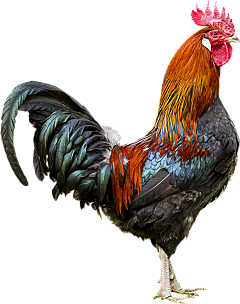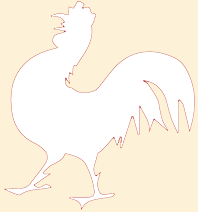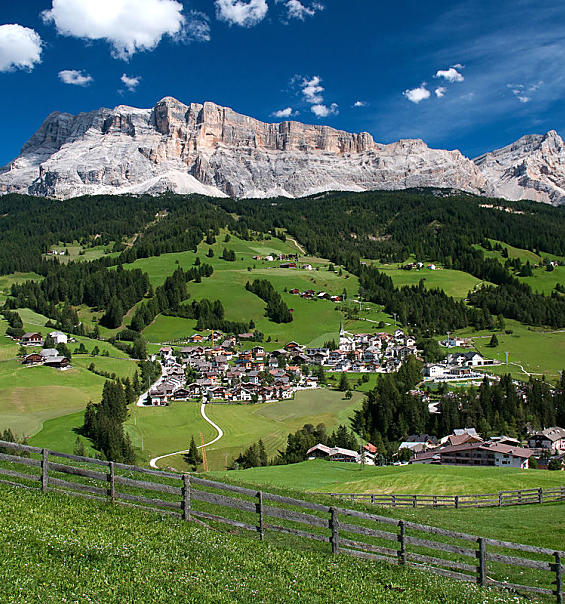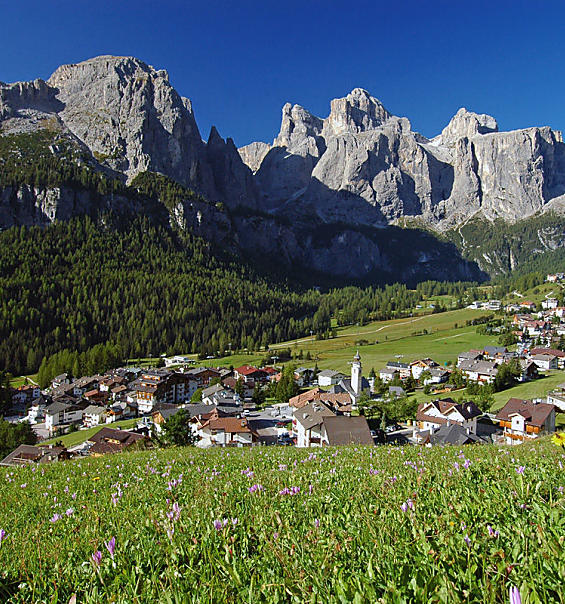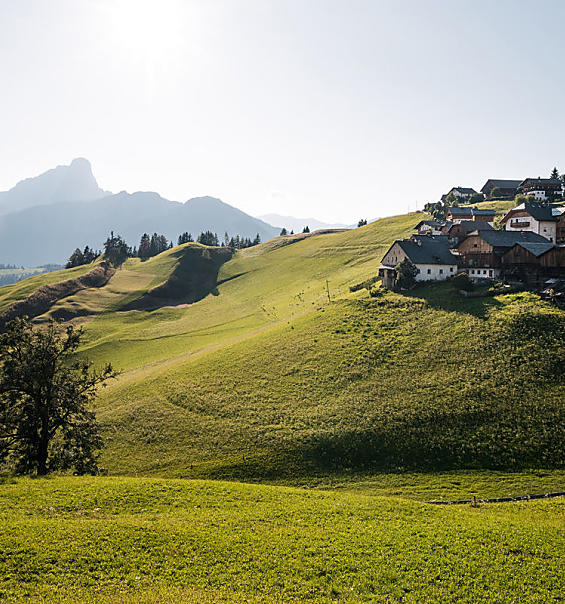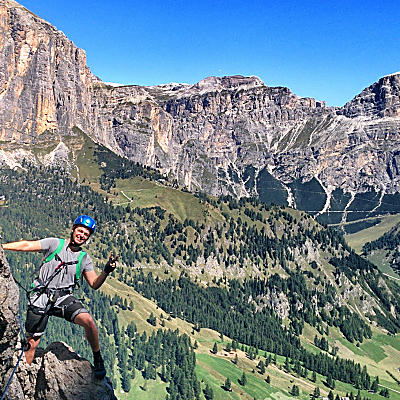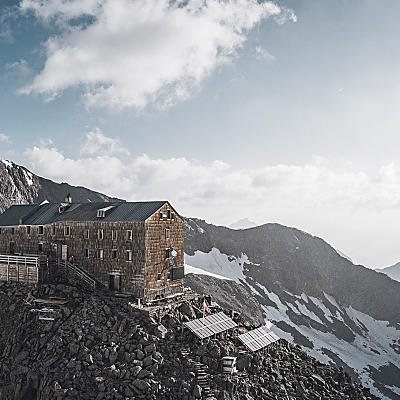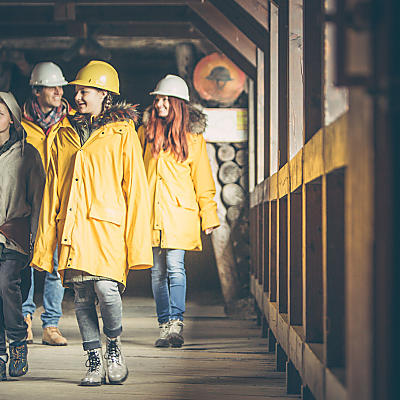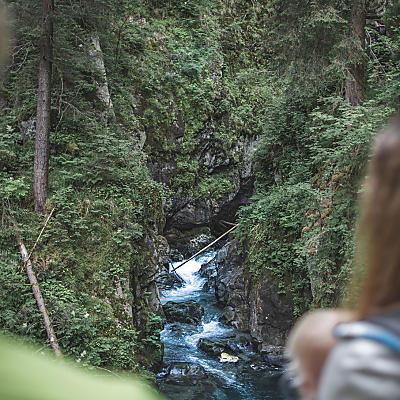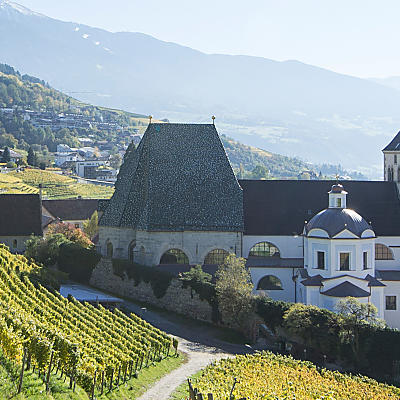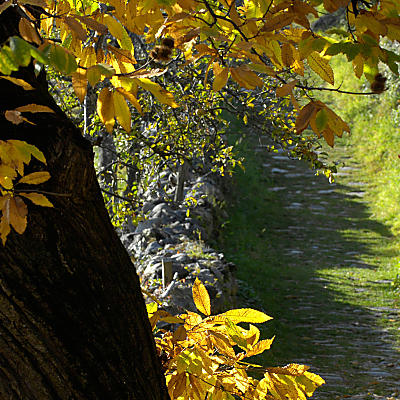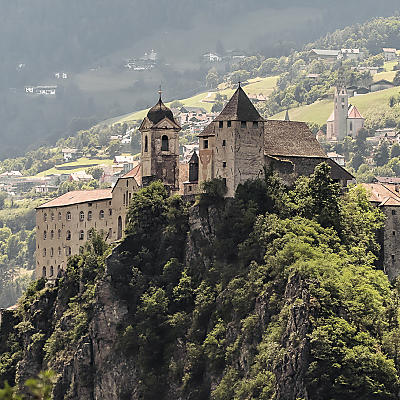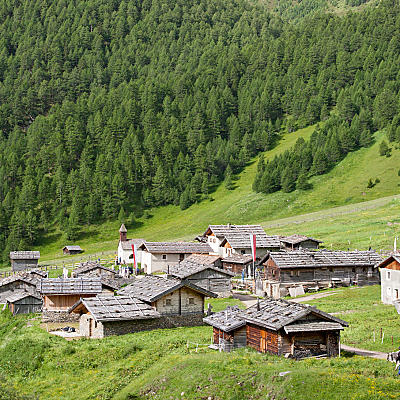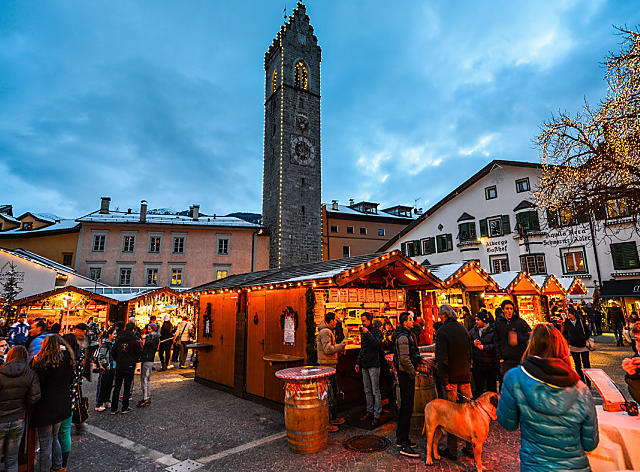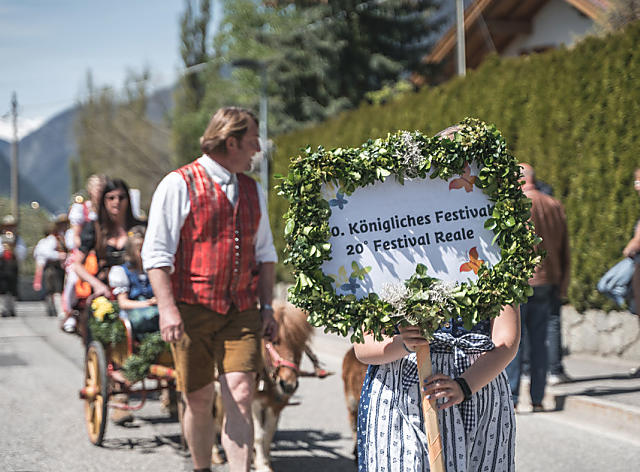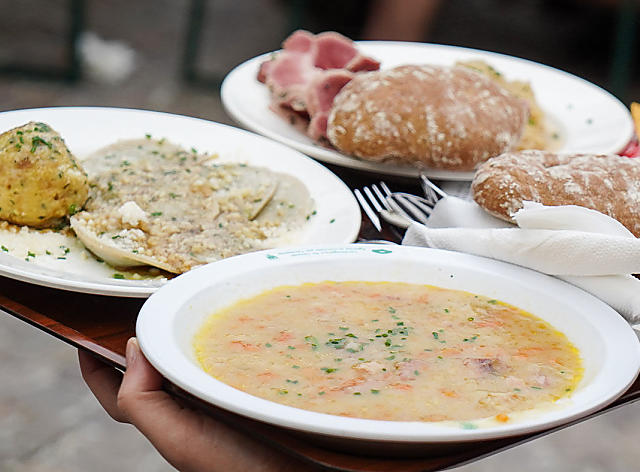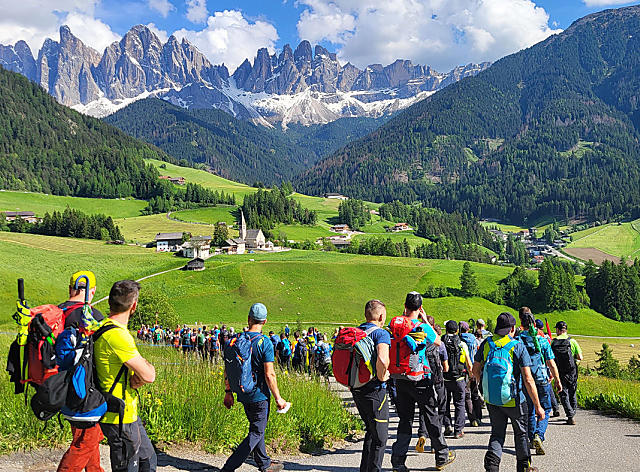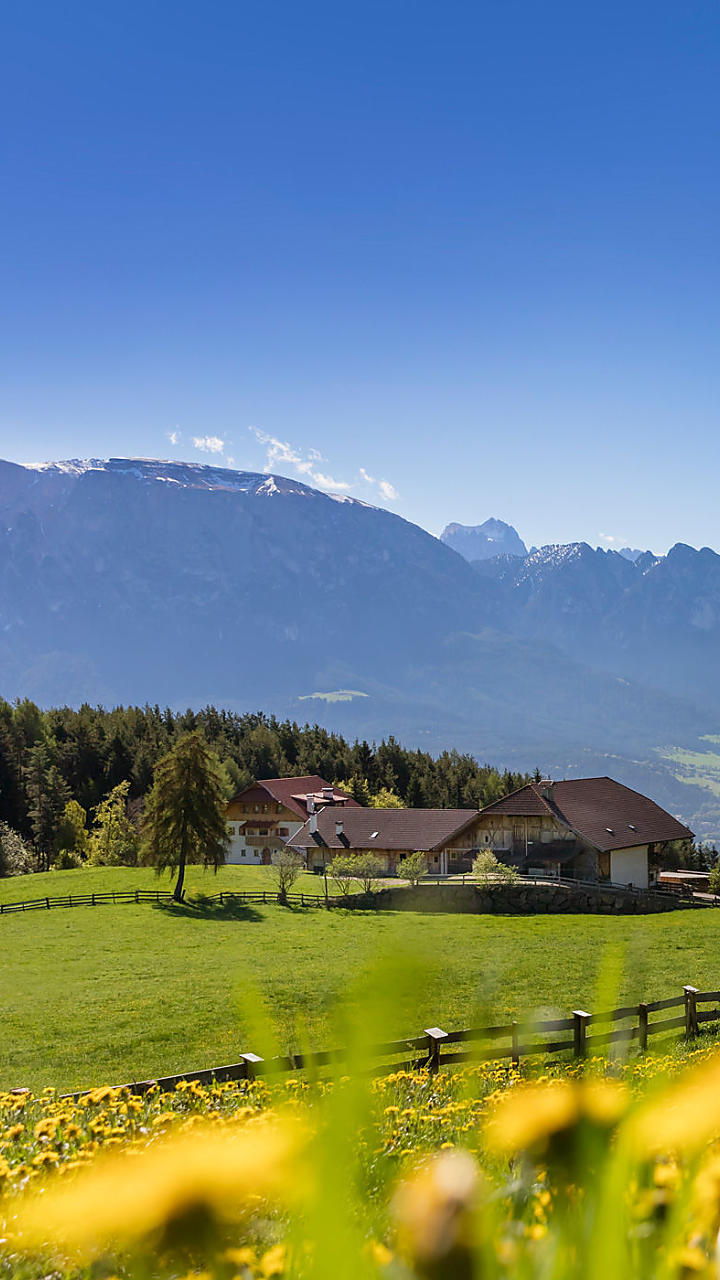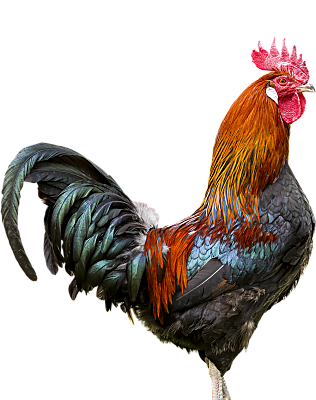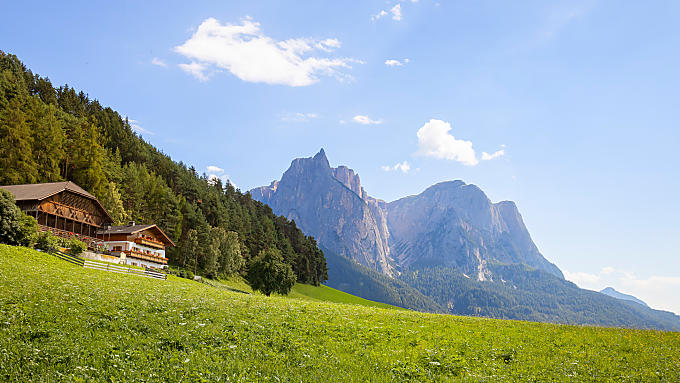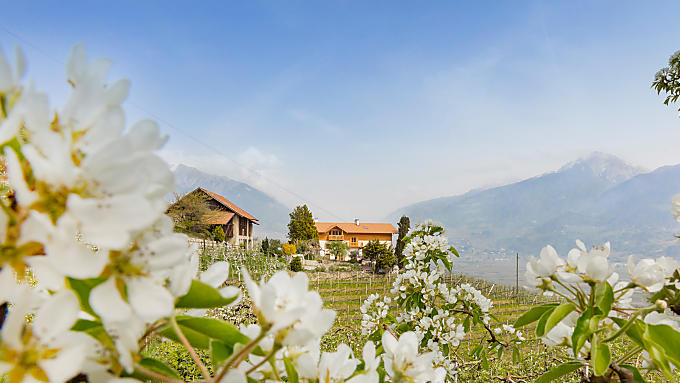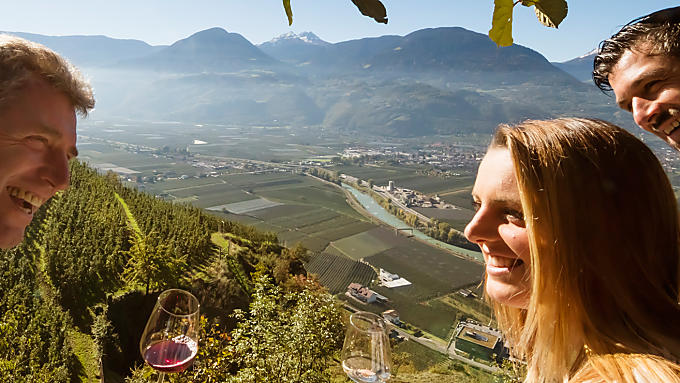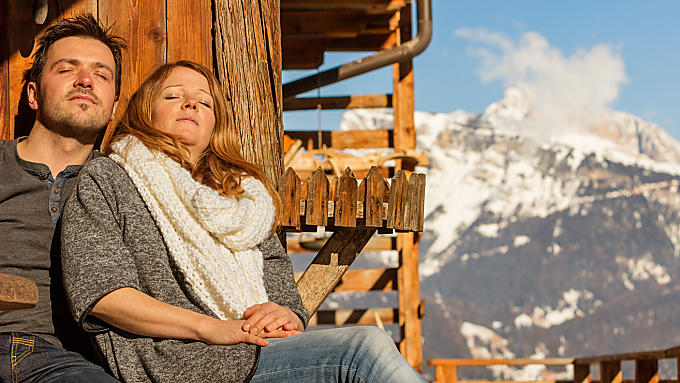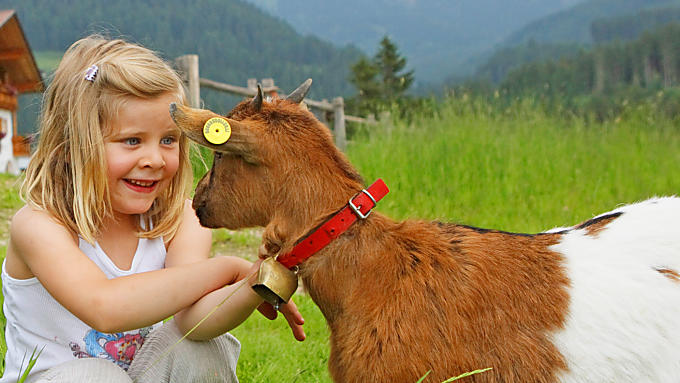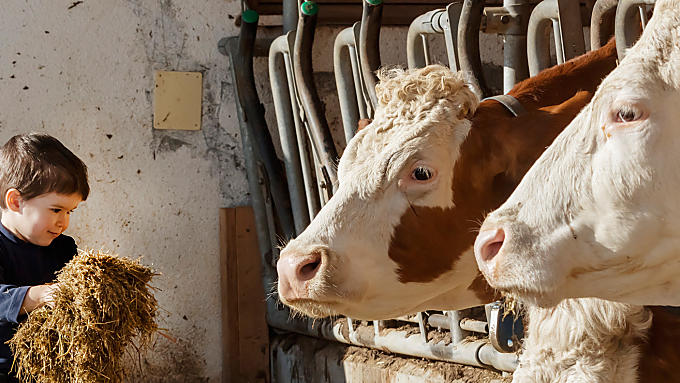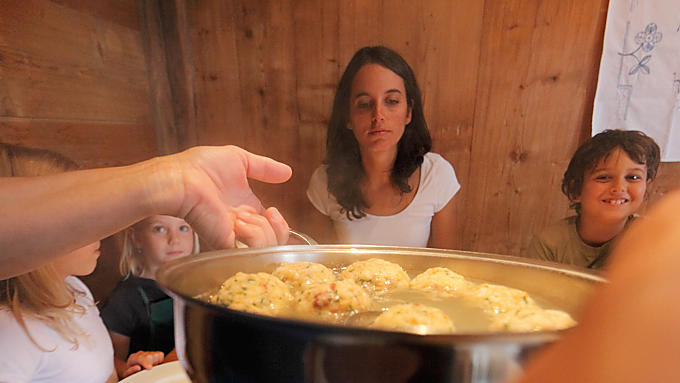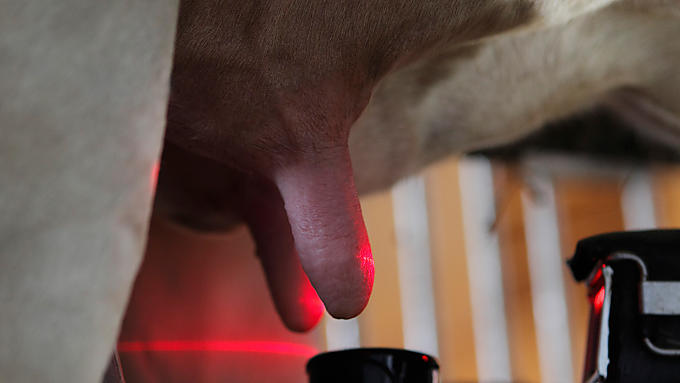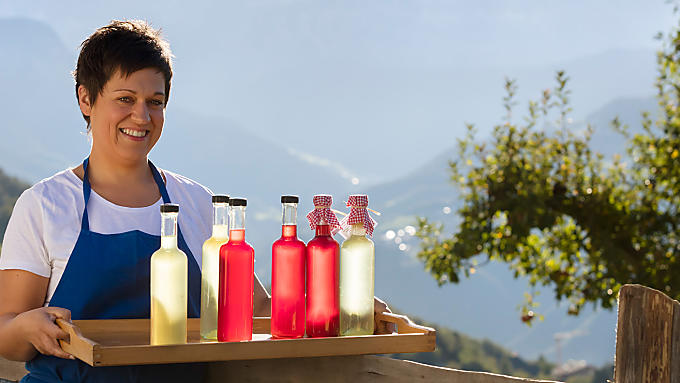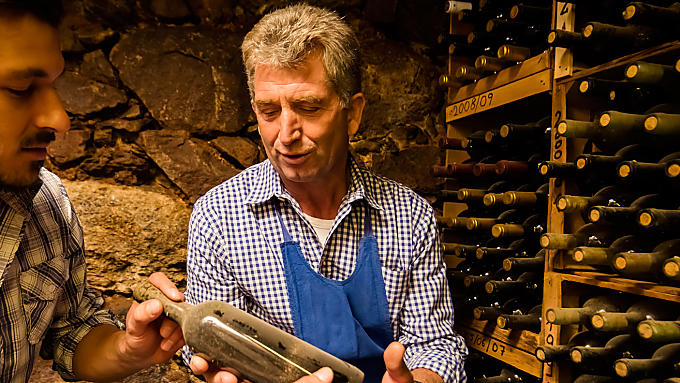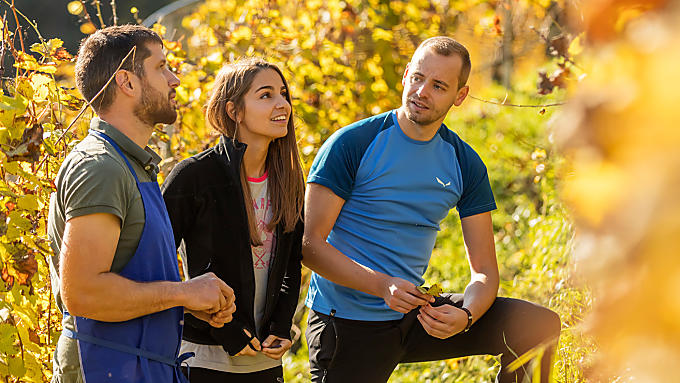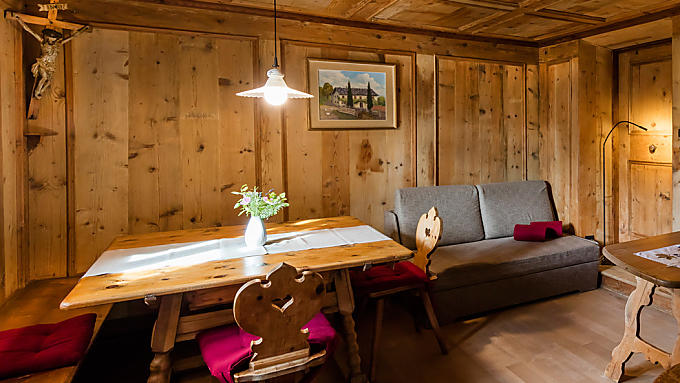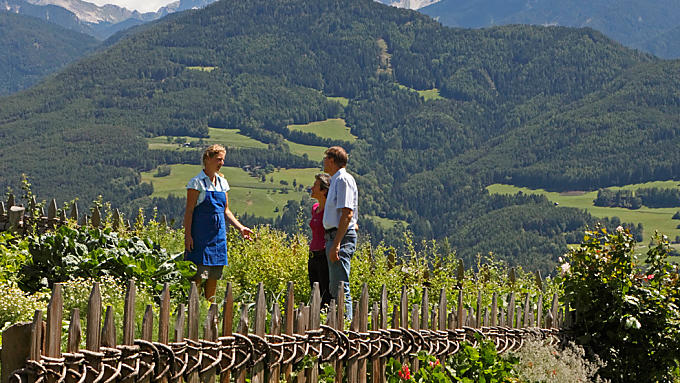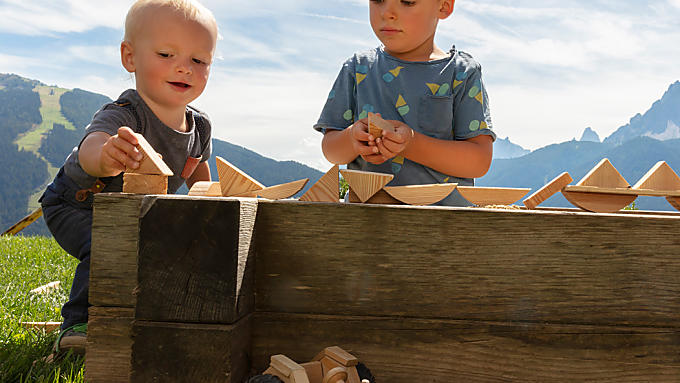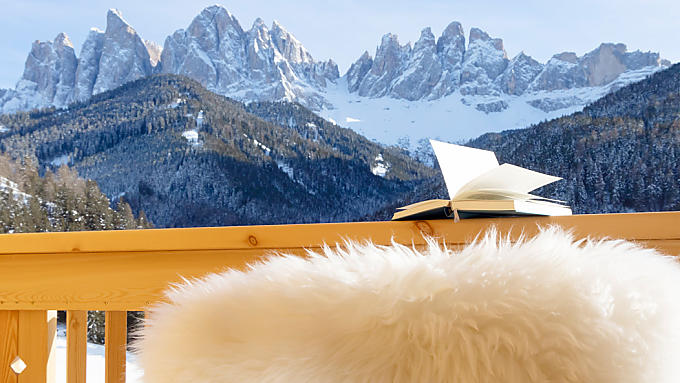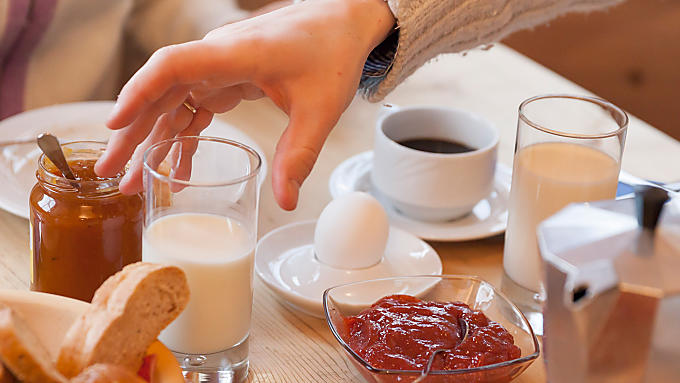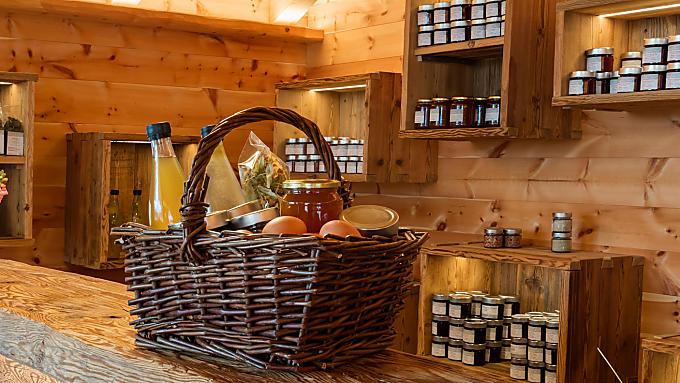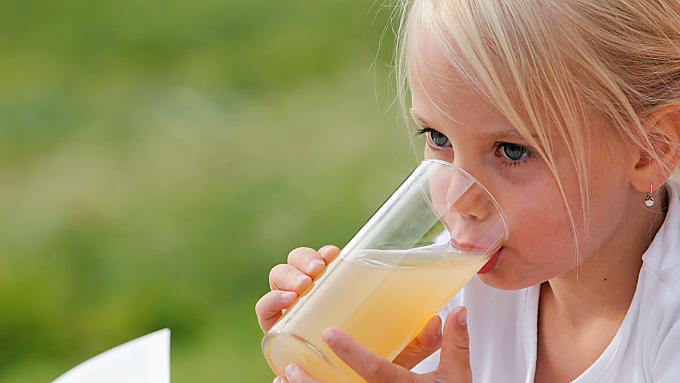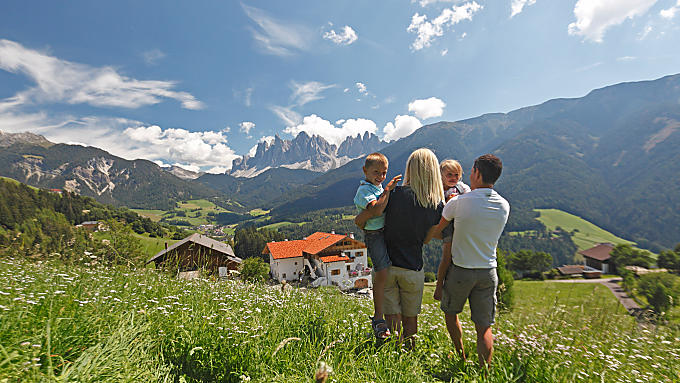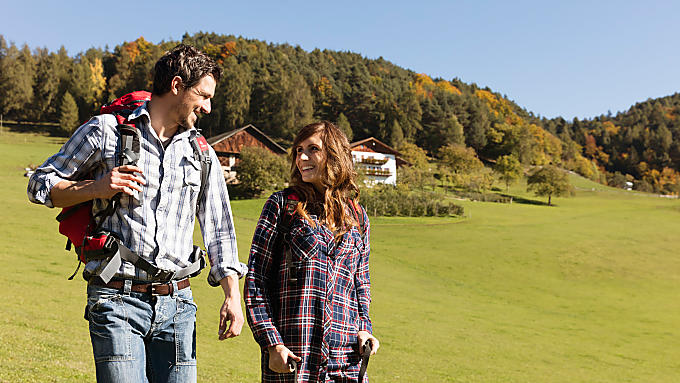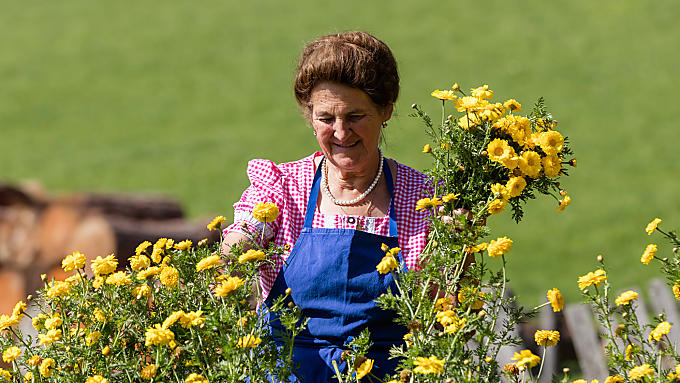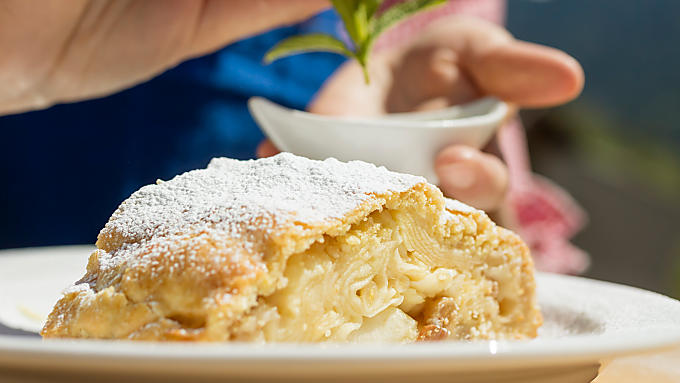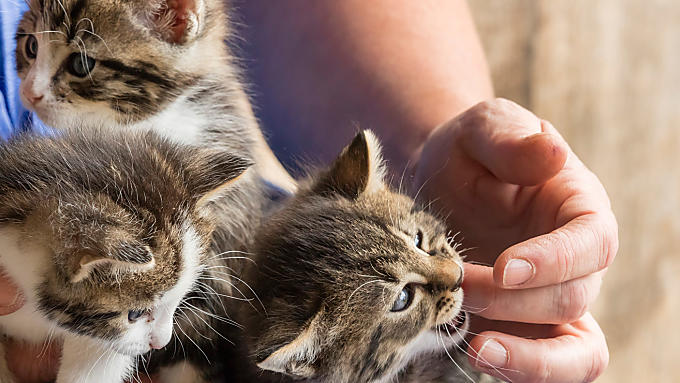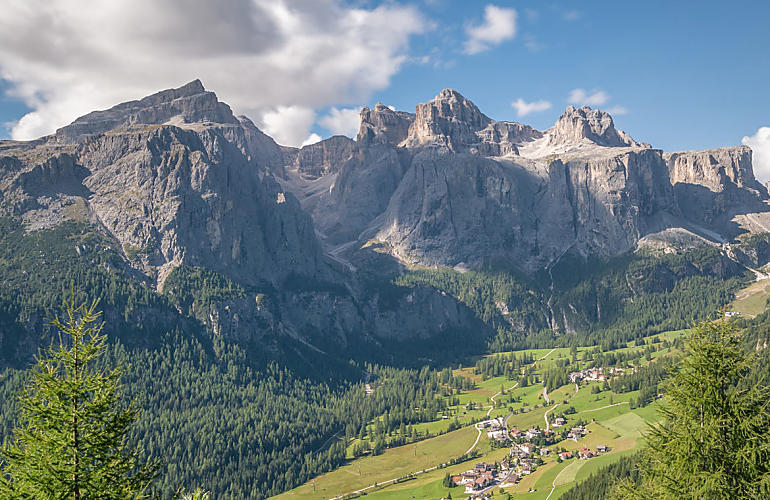
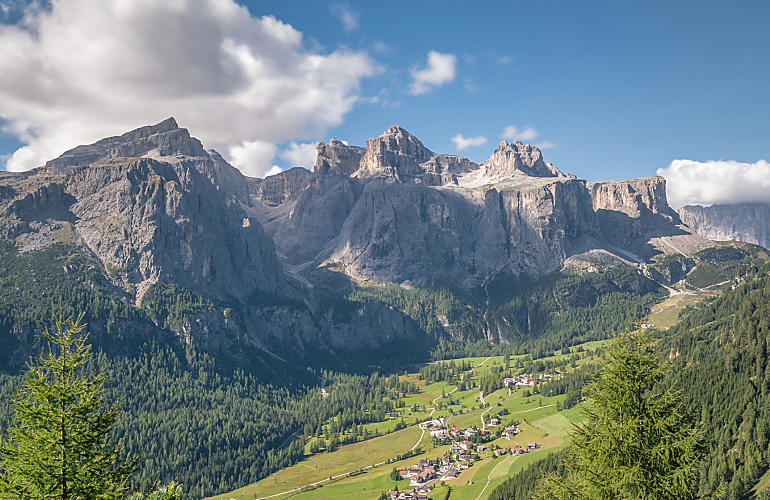
The heart
of the Dolomites
A place of adventure
Farm Holidays in Alta Badia valley
On a Farm Holiday in Alta Badia valley, you'll experience customs and the Ladin way of life. The famous Sellaronda ski circuit awaits skiers and mountain bikers.
Hochabtei, known as Alta Badia in Italian, is one of four Ladin valleys around the Sellastock massif. It lies in a wide, sunny basin in the southern part of Gadertal valley and comprises the mainly Ladin-speaking villages fo Kolfuschg, Corvara, Stern, St. Kassian, Abtei and Wengen. The pale rocks of the Dolomites dominate the scene everywhere. A Farm Holiday in Alta Badia valley may be enjoyed at farms in Abtei, Corvara and Wengen. You can admire the famous 'Enrosadira', or evening mountain glow, in the late afternoon here.
On a Farm Holiday in Alta Badia valley, you'll experience customs and the Ladin way of life. The famous Sellaronda ski circuit awaits skiers and mountain bikers.
Hochabtei, known as Alta Badia in Italian, is one of four Ladin valleys around the Sellastock massif. It lies in a wide, sunny basin in the southern part of Gadertal valley and comprises the mainly Ladin-speaking villages fo Kolfuschg, Corvara, Stern, St. Kassian, Abtei and Wengen. The pale rocks of the Dolomites dominate the scene everywhere. A Farm Holiday in Alta Badia valley may be enjoyed at farms in Abtei, Corvara and Wengen. You can admire the famous 'Enrosadira', or evening mountain glow, in the late afternoon here.
Artisanal crafts
When staying at a holiday flat in Alta Badia valley, you'll instantly notice the foreign-sounding local tongue. Ladin, a 2,000-year-old Rhaeto-Romanic language with Celtic and Latin roots, is spoken in Alta Badia valley. To today's ears, it sounds like a mixture of Latin, Italian and German.The centuries-old mountain farms and tranquil villages have always been shaped by agriculture. Artisanal crafts that live on in all of the villages, mainly in the form of woodworking and tapestry, once arose out of necessity. Even today, chests are finished with artistic carvings, and the workshops and a number of shops sell hand-woven cloth, decorative utensils and sculptures made of wood.The 'Viles', small hamlets featuring buildings close together on mountain slopes between fields and high pasturelands, are typical. The houses are often so large that they can accommodate more than just one family. Often, wells and stone ovens are shared.
A world steeped in legend
Alta Badia valley is the main setting for the legend of the King of Fanes. This tells of the high plateau around the Conturines and Kreuzkofel mountains once being inhabited by the people of Fanes, who went underground to the realm of the marmots after a defeat in battle and still live there today. The area of Fanes combined with Sennes-Prags is still a mystical spot. More interesting information may be found in 'Istitut Ladin Micurà de Rü' and 'Museum Ladin Ciastel de Tor' in St. Martin in Thurn in Abtei.Fanes-Sennes-Prags Nature Park is also a popular hiking destination. It comprises an area of over 25,500 hectares and has been part of the Dolomites UNESCO World Natural Heritage Site since 2009. Lots of easy walks and hikes from mountain hut to hut leave from holiday flats in Alta Badia valley. Challenging tours and climbing routes to Dolomite peaks such as Sella, Piz Boè and Kreuzkofel await mountaineers. A likewise popular goal is Paraciora game reserve between Stern and Abtei. There are varied hiking paths to be taken in Puez-Geisler Nature Park, too.The ski resort of Alta Badia valley boasts 95 pistes of lengths of 1,400 to 2,700 metres from December to April. Along with eleven other ski resorts, it belongs to Dolomiti Superski carousel. Every year, the World Cup Men's Giant Slalom takes place here. The finest ski circuit in the Alps, the Sellaronda, starts in Corvara.
Customs and Ladin dishes
Ladin people really know how to appreciate their culture and traditions. The festivals to be witnessed while on a Farm Holiday in Alta Badia valley are celebrated with traditional processions and locals sporting their finest local costume. In addition, traditional dishes are served. The place is especially well known for its sweet, spiral-shaped Furtaies, which are desserts fried in oil and served with cranberry jam, and Turtres ravioli filled with spinach and 'Topfen' curd cheese, sauerkraut, poppy seeds or jam and fried in oil. Cajinci t'Ega, which are filled with spinach and 'Topfen' curd cheese and boiled in water, are made from the same dough. Cajincí Rosc, likewise fried in oil, are made of yeast and potato dough and filled with spinach and 'Topfen' curd cheese or poppy seeds.Farmers in Alta Badia uphold old customs during Advent, too – mainly ones involving good food. Fruit bread and biscuits are baked and old Ladin Christmas carols are sung in church. Rosa Piccolruaz is very familiar with the old recipes and holds Ladin cookery courses at her centuries-old farm in Alfarëi in Abtei.
Why you should take a Farm Holiday in Alta Badia valley:
- In the midst of the Dolomites
- Lots of customs and traditional dishes
- Les Viles - unique, characteristic settlements on valley slopes
Artisanal crafts
When staying at a holiday flat in Alta Badia valley, you'll instantly notice the foreign-sounding local tongue. Ladin, a 2,000-year-old Rhaeto-Romanic language with Celtic and Latin roots, is spoken in Alta Badia valley. To today's ears, it sounds like a mixture of Latin, Italian and German.The centuries-old mountain farms and tranquil villages have always been shaped by agriculture. Artisanal crafts that live on in all of the villages, mainly in the form of woodworking and tapestry, once arose out of necessity. Even today, chests are finished with artistic carvings, and the workshops and a number of shops sell hand-woven cloth, decorative utensils and sculptures made of wood.The 'Viles', small hamlets featuring buildings close together on mountain slopes between fields and high pasturelands, are typical. The houses are often so large that they can accommodate more than just one family. Often, wells and stone ovens are shared.
A world steeped in legend
Alta Badia valley is the main setting for the legend of the King of Fanes. This tells of the high plateau around the Conturines and Kreuzkofel mountains once being inhabited by the people of Fanes, who went underground to the realm of the marmots after a defeat in battle and still live there today. The area of Fanes combined with Sennes-Prags is still a mystical spot. More interesting information may be found in 'Istitut Ladin Micurà de Rü' and 'Museum Ladin Ciastel de Tor' in St. Martin in Thurn in Abtei.Fanes-Sennes-Prags Nature Park is also a popular hiking destination. It comprises an area of over 25,500 hectares and has been part of the Dolomites UNESCO World Natural Heritage Site since 2009. Lots of easy walks and hikes from mountain hut to hut leave from holiday flats in Alta Badia valley. Challenging tours and climbing routes to Dolomite peaks such as Sella, Piz Boè and Kreuzkofel await mountaineers. A likewise popular goal is Paraciora game reserve between Stern and Abtei. There are varied hiking paths to be taken in Puez-Geisler Nature Park, too.The ski resort of Alta Badia valley boasts 95 pistes of lengths of 1,400 to 2,700 metres from December to April. Along with eleven other ski resorts, it belongs to Dolomiti Superski carousel. Every year, the World Cup Men's Giant Slalom takes place here. The finest ski circuit in the Alps, the Sellaronda, starts in Corvara.
Customs and Ladin dishes
Ladin people really know how to appreciate their culture and traditions. The festivals to be witnessed while on a Farm Holiday in Alta Badia valley are celebrated with traditional processions and locals sporting their finest local costume. In addition, traditional dishes are served. The place is especially well known for its sweet, spiral-shaped Furtaies, which are desserts fried in oil and served with cranberry jam, and Turtres ravioli filled with spinach and 'Topfen' curd cheese, sauerkraut, poppy seeds or jam and fried in oil. Cajinci t'Ega, which are filled with spinach and 'Topfen' curd cheese and boiled in water, are made from the same dough. Cajincí Rosc, likewise fried in oil, are made of yeast and potato dough and filled with spinach and 'Topfen' curd cheese or poppy seeds.Farmers in Alta Badia uphold old customs during Advent, too – mainly ones involving good food. Fruit bread and biscuits are baked and old Ladin Christmas carols are sung in church. Rosa Piccolruaz is very familiar with the old recipes and holds Ladin cookery courses at her centuries-old farm in Alfarëi in Abtei.
Why you should take a Farm Holiday in Alta Badia valley:
- In the midst of the Dolomites
- Lots of customs and traditional dishes
- Les Viles - unique, characteristic settlements on valley slopes
The place at a glance
Alta Badia valley
Farm search
Holiday farms in Alta Badia valley
Highlights & events
Sheer variety in Alta Badia valley
Highlights
Events

